Beneath the waters of Chesapeake Bay lies a massive secret that took decades to uncover. What once seemed like a normal stretch of water has been revealed as the site of a colossal impact crater, stretching 85 kilometers (53 miles) across. This discovery is more than just a geographical curiosity—it’s a significant piece of Earth’s story, offering a glimpse into the ancient past and how catastrophic events shaped the planet.
A Hidden Giant Beneath the Waves
For centuries, Chesapeake Bay has been a hub of history and activity, but the true nature of its landscape remained a mystery until the early 1990s. Researchers conducting marine surveys stumbled upon anomalies in the seafloor, which eventually led to the realization that the area harbored a hidden crater. Named the Chesapeake Bay Impact Crater, it wasn’t until much later that scientists fully grasped the scale of this buried giant.
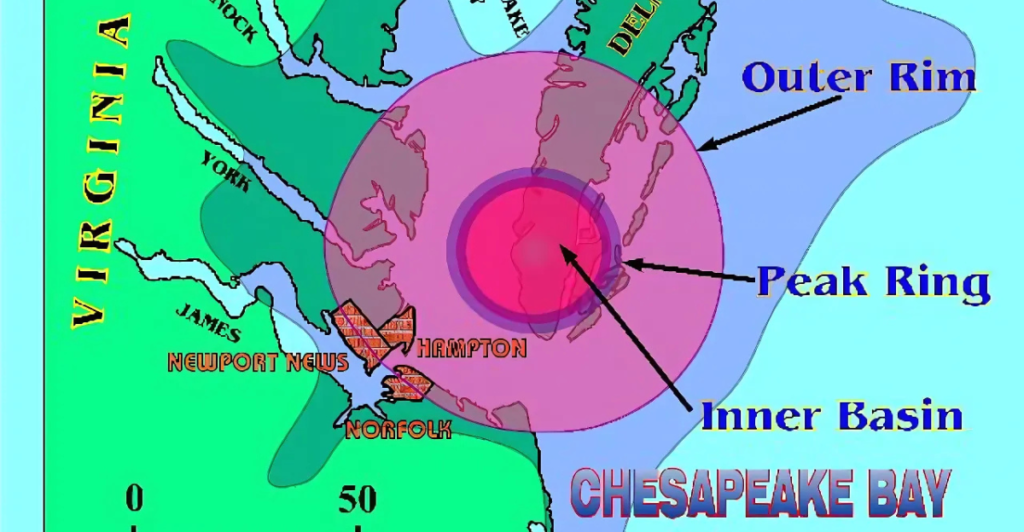
What makes this discovery even more remarkable is how it went unnoticed for so long. Unlike famous impact sites like the Chicxulub crater in Mexico, which is associated with the extinction of the dinosaurs, the Chesapeake Bay crater was hidden beneath layers of sediment, ocean water, and time. It was only when scientists began drilling deep into the Earth that they realized the scale of the impact event that had occurred 35 million years ago.
The Catastrophic Collision: What Happened 35 Million Years Ago
The discovery of the crater reveals the violent history of our planet. Around 35 million years ago, a massive asteroid, possibly larger than 1.5 kilometers (0.93 miles) across, slammed into what is now the Chesapeake Bay region. The impact would have been catastrophic, triggering shockwaves that reverberated across the planet. While it’s not linked to any mass extinction event, this impact still had profound effects on the local environment and geological formations.
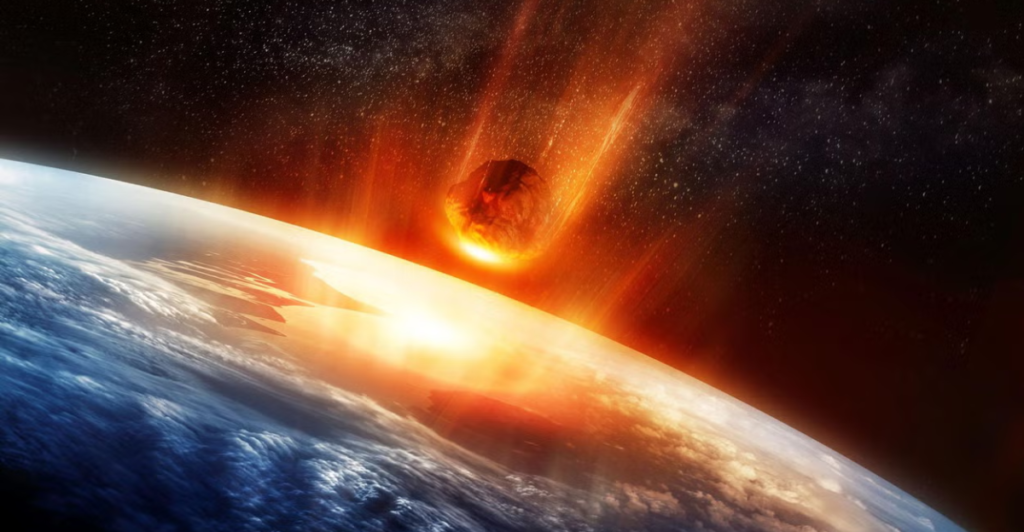
As the asteroid collided with the Earth’s surface, it released an enormous amount of energy, equivalent to several million atomic bombs. The force of the impact caused the seafloor to lift, forming a massive bowl-shaped depression. It also triggered the release of huge amounts of debris, creating a fiery aftermath that could have scorched nearby landmasses. The event is thought to have created a temporary, violent climate shift, leaving behind a significant imprint on the surrounding ecosystem.
How the Crater Was Discovered
Scientists pieced together the story of this ancient impact using advanced drilling and geological surveys. Through these techniques, researchers discovered evidence of “shocked” quartz—mineral formations that occur only under extreme pressure, like that from a massive impact event. The drilling also revealed concentric rings of material and altered sediments, further confirming the crater’s origin.
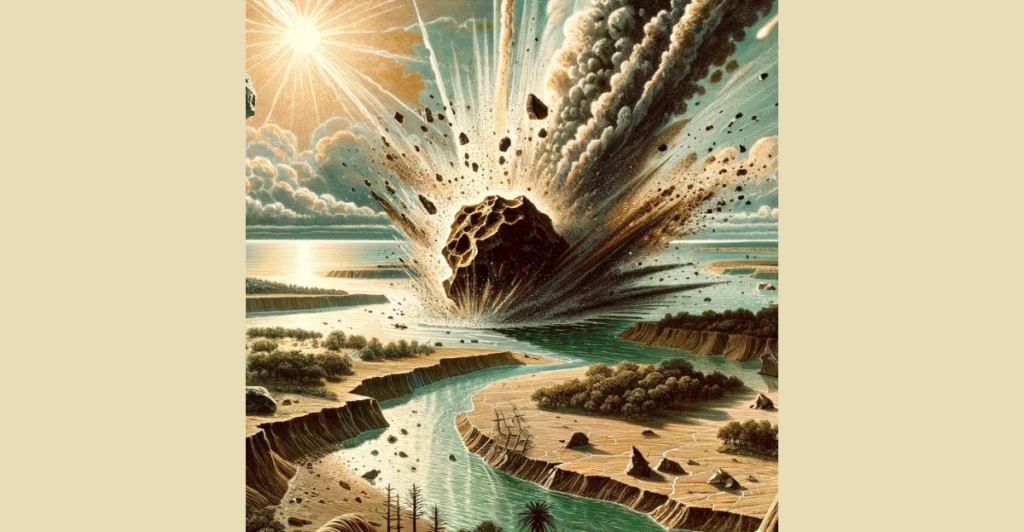
Despite the overwhelming evidence of the impact, the true scale and significance of the crater wasn’t immediately understood. It wasn’t until the late 20th century that advanced mapping and technology, including seismic surveys and ocean-floor drilling, allowed scientists to piece together a clearer picture. What they found was a crater much larger than originally estimated—its size made it one of the largest impact craters on Earth’s continental shelf.
The Long-Term Impact: Geological and Ecological Changes
The effects of this asteroid impact were felt far beyond the initial blast. Over time, the crater became a key feature in the region’s geological landscape, influencing the flow of rivers, groundwater, and the formation of aquifers. The shockwaves from the collision altered the region’s topography, creating a complex network of underground channels and depressions.
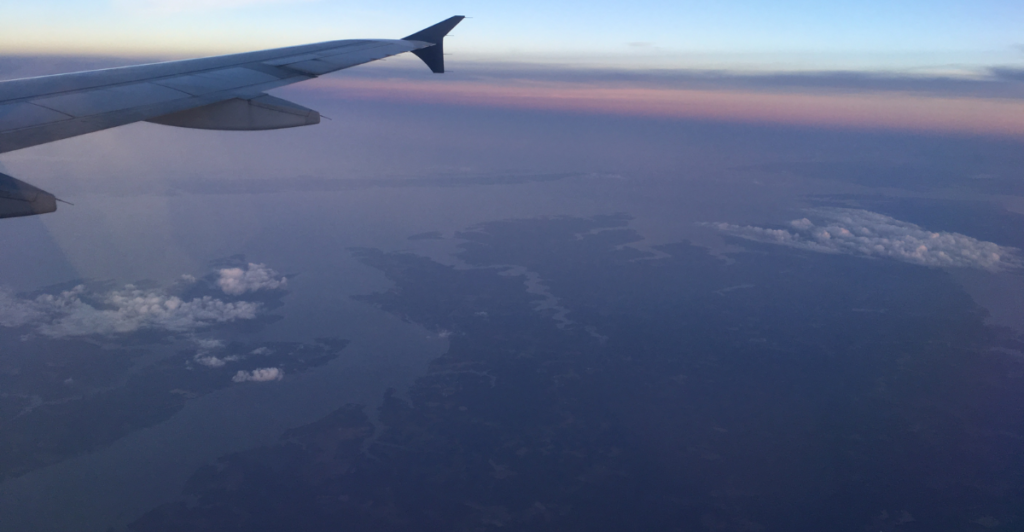
Ecologically, the crater’s formation led to significant shifts in the local environment. While the direct impact didn’t cause a mass extinction, the aftermath would have had far-reaching consequences for the flora and fauna of the region. The impact may have created a temporary period of climate disruption, altering ecosystems for thousands of years.
Today, the crater’s unique features—such as its deep, layered sediments and rich groundwater reserves—make it a fascinating study for scientists interested in Earth’s history and the long-term effects of asteroid impacts on the environment.
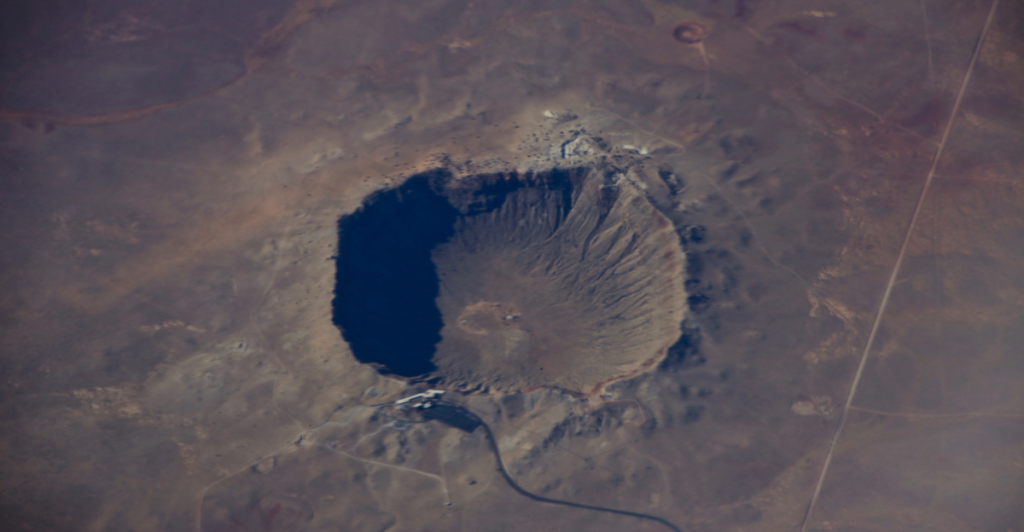
A Discovery That Changes Our Understanding of Earth’s History
The Chesapeake Bay crater is not just a localized curiosity; it’s a window into Earth’s ancient past. Before its discovery, scientists had little knowledge of such massive impacts on the East Coast. Understanding the formation of this crater adds another layer to our understanding of the Earth’s geological and ecological history, showcasing the planet’s volatile past.
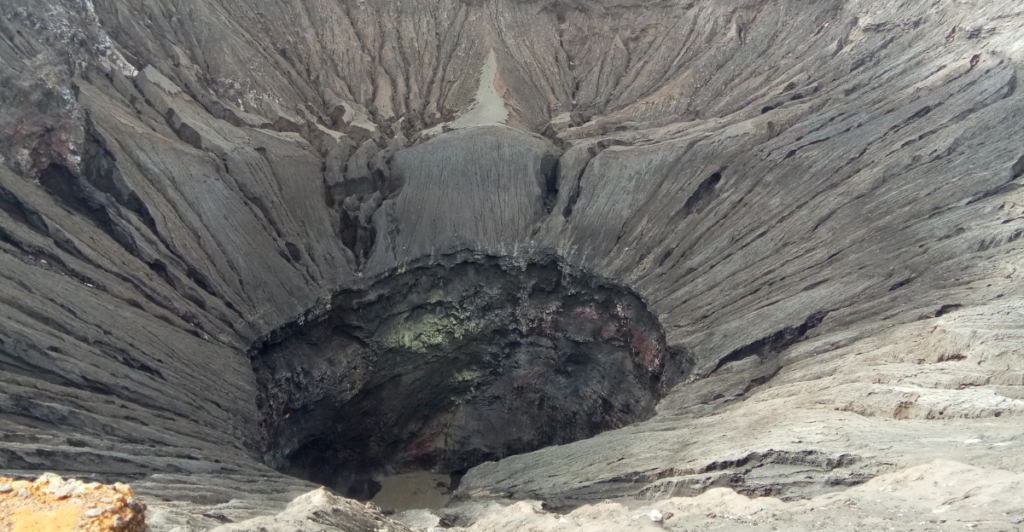
By studying the Chesapeake Bay crater, scientists gain invaluable insight into how Earth’s surface has been shaped over millions of years. This discovery is a testament to the power of technology and persistence in uncovering the hidden stories that lie beneath us, offering a deeper understanding of how past events continue to influence our planet today.
A Legacy of Exploration and Discovery
The Chesapeake Bay crater represents more than just an ancient impact; it’s a symbol of the untold mysteries still waiting to be uncovered. As research continues and technology advances, scientists will undoubtedly discover more about the crater’s formation, its long-term effects, and how it fits into the broader story of our planet’s history.
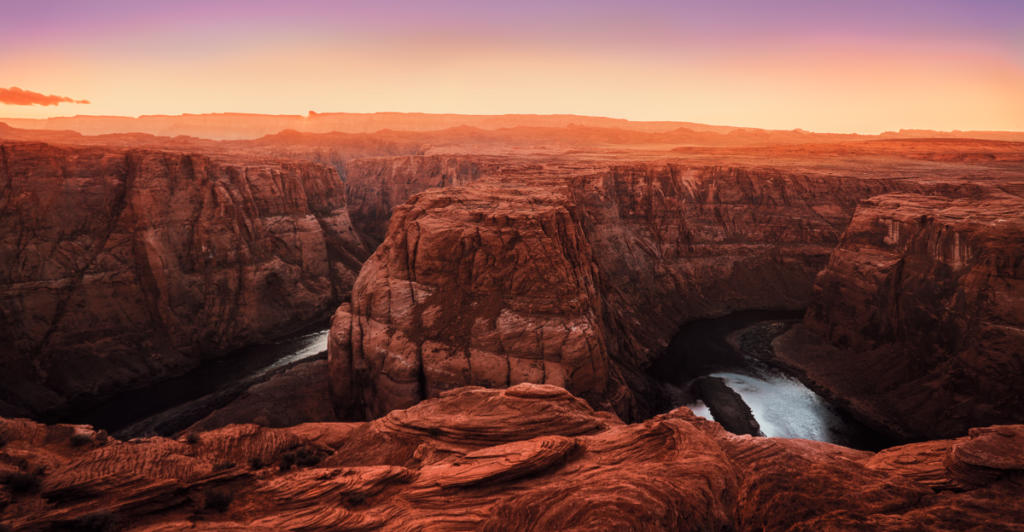
For now, the crater serves as a reminder of the immense forces that have shaped—and continue to shape—Earth. It also highlights how our ability to explore and understand the planet’s history is ever-evolving. This crater, hidden beneath the waters of Chesapeake Bay for millions of years, reminds us that even in the most unexpected places, history is waiting to be uncovered.
Discover more of our trending stories and follow us to keep them in your feed

Rocky Mountains Under Investigation After 5,900 Year Old Discovery In Melting Ice
Geologists Uncover Massive $84 Billion Gold Discovery That Could Disrupt Wildlife Habitats
12 Sensitive Dog Breeds That Can’t Thrive Without Your Constant Attention
The Largest Horses in the World
References:
Reference 1
Reference 2
Reference 3
This article first appeared here
Stay connected with us for more stories like this! Follow us to get the latest updates or hit the Follow button at the top of this article, and let us know what you think by leaving your feedback below. We’d love to hear from you!







